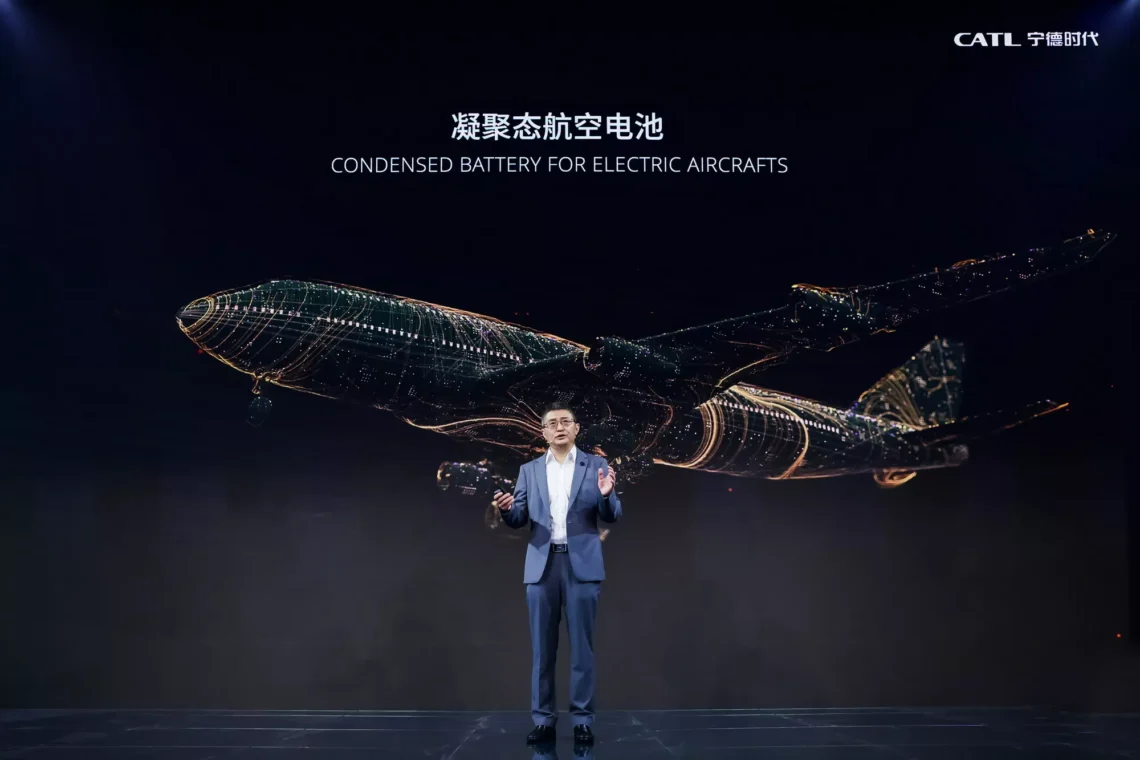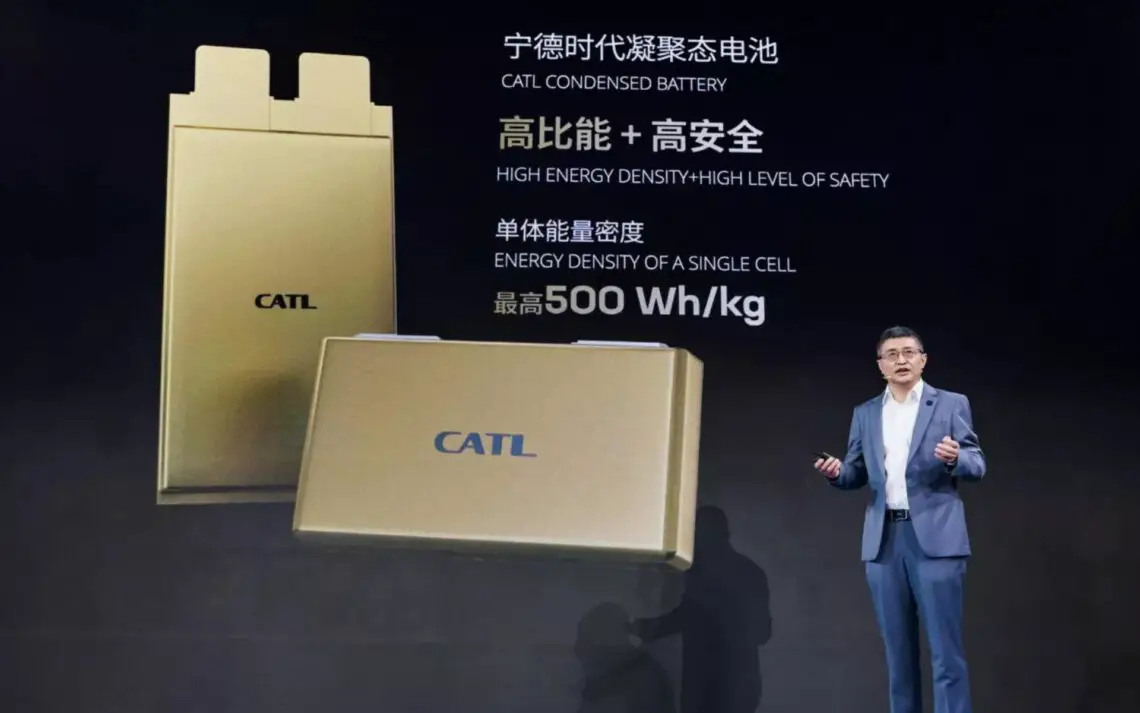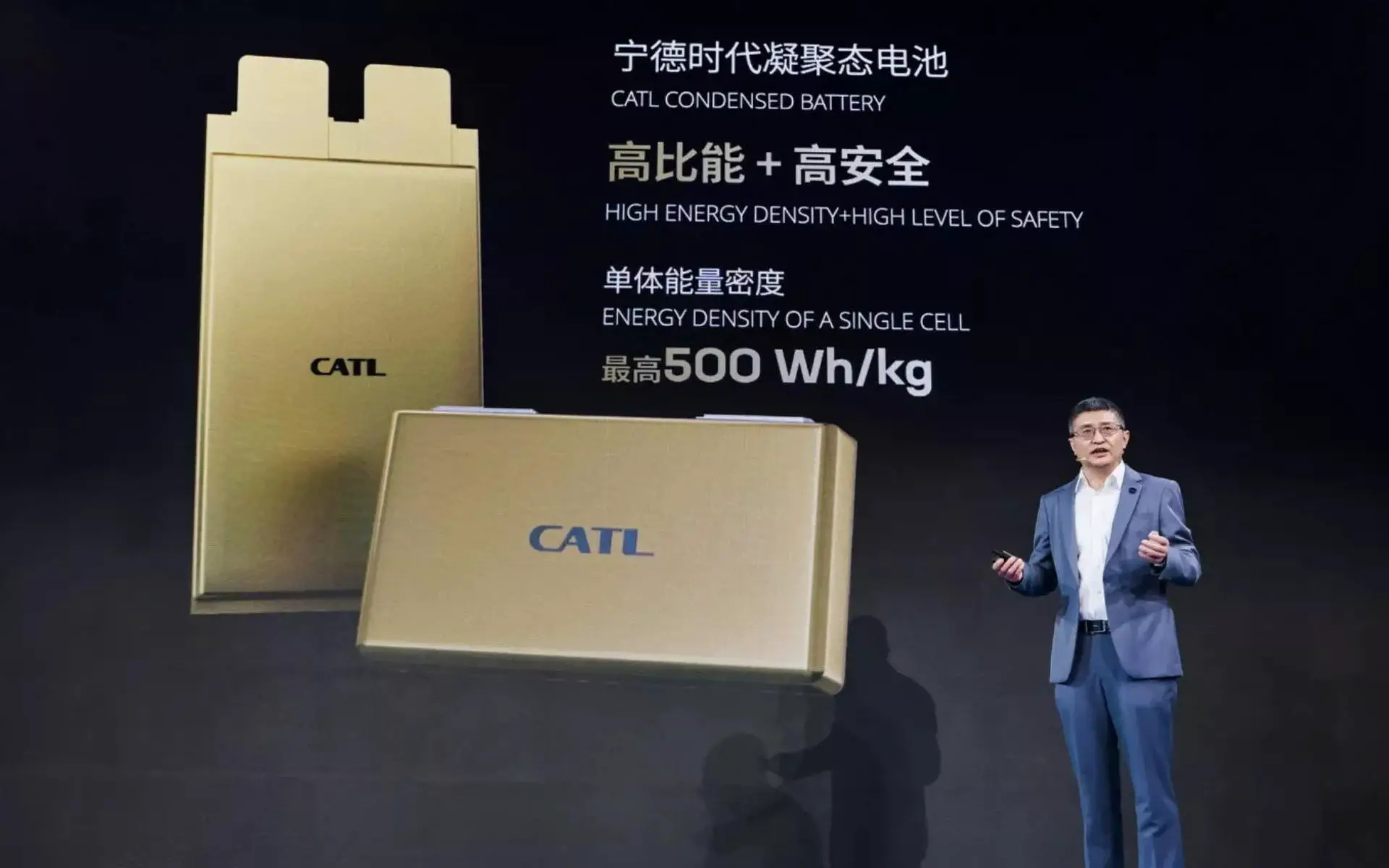Breakthrough in battery technology thanks to CATL: even planes can now fly electric
CATL major battery manufacturer
CATL produces battery packs on behalf of various car manufacturers. LG Chem and Samsung are also major players in this field. But it is now CATL announcing this breakthrough in battery technology. Thanks to new technology, CALT achieves an energy density of as much as 500 Wh per kilogram.
In comparison, sodium ion batteries have an energy density of 160 Wh/kg. Meanwhile, Tesla’s 4680 battery cells – considered among the most advanced on the market – have an energy density of up to 296 Wh/kg. So at 500 Wh/kg, a big step forward is taken.
What makes this CATL battery unique?
How did CATL accomplish that? We explain. CATL uses – and here it comes – new highly conductive biomimetic condensed state electrolyte technology. This technology creates a self-adjusting mesh structure at the micron level to improve conductive performance. Sounds complicated. And I’m sure it is. But as a consumer, only one thing applies: the more miles you can drive with the smallest battery possible, the better. Because batteries are heavy. The greater the energy density and the less weight, the more beneficial that is for range.

Ultra-high energy density
The new CATL batteries also use ultra-high energy density cathode materials and innovative anode and separator materials to provide good charge and discharge performance. In addition, those materials help make batteries safe, CATL promises.
“The launch of this advanced technology breaks through the boundaries that have long limited the development of the battery sector and will open a new scenario of electrification, focused on a high level of safety and the lowest possible weight,” the company wrote in a statement.
New battery technology also for cars!
The batteries will also be used for automotive applications and are expected to go into production later this year. CATL also emphasizes that this technology is of interest to aviation.
“As electrification extends from land to air, aircraft will become cleaner and smarter,” the company writes. “The launch of condensed batteries ushers in an era of universal electrification of marine, land and air transport, opens up more opportunities for industry development and promotes the achievement of global carbon neutrality targets at an earlier date.”


